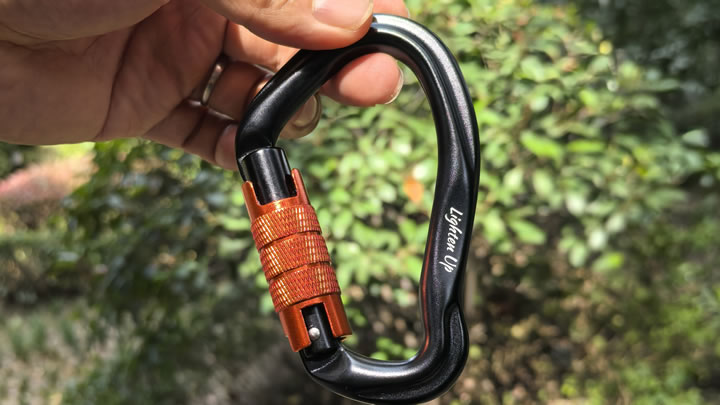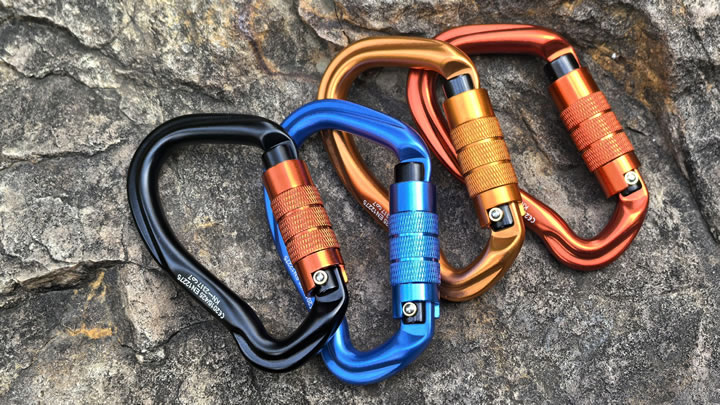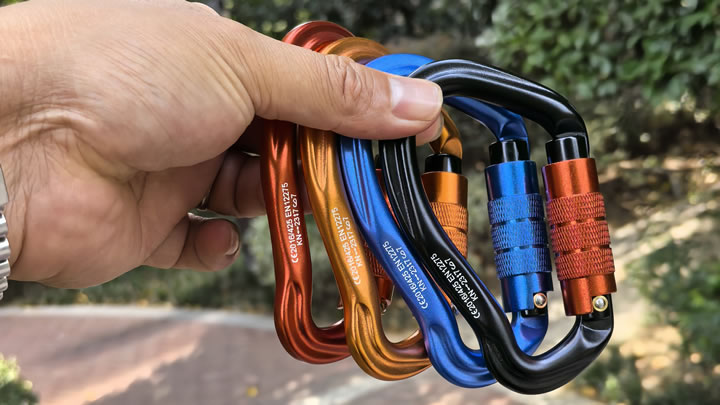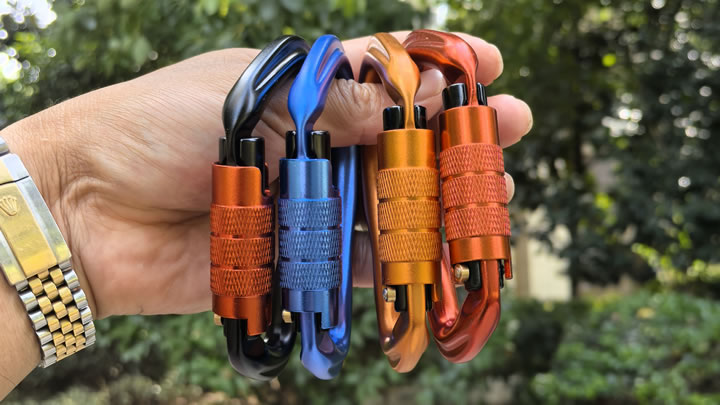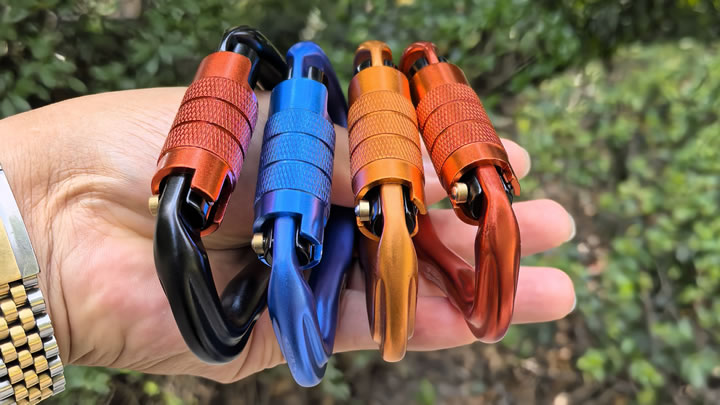How to Use Poles for Testing Snow Bridge Stability: A Critical Safety Technique
Crossing a snow-covered glacier is one of the most awe-inspiring experiences in the mountains, but it is also fraught with hidden danger. Concealed beneath a seemingly uniform snowfield are crevasses, often bridged over by a fragile roof of snow. Judging the strength of these snow bridges by sight alone is impossible. While a proper ice axe and crevasse probe are essential safety tools, your trekking poles serve as the first and most frequent line of defense for preliminary assessment. Mastering their use for stability testing is a fundamental skill for any alpinist or ski mountaineer.
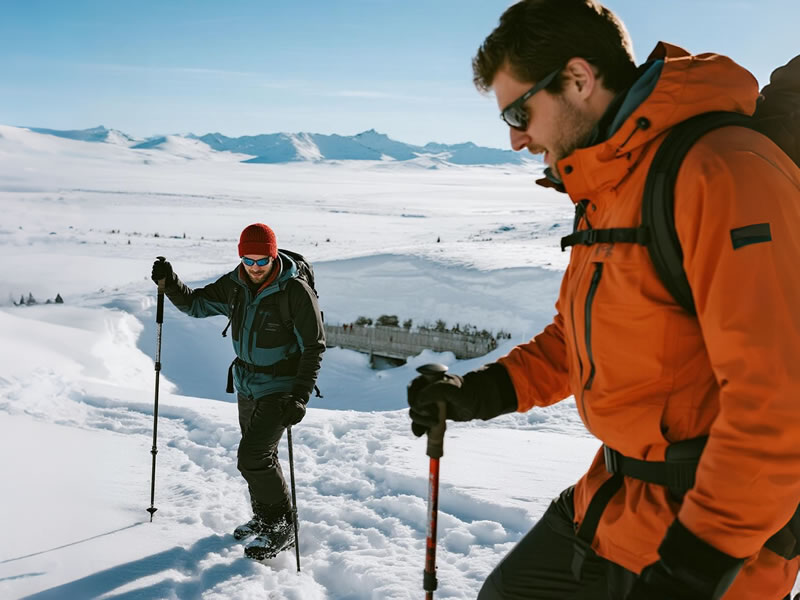
It is crucial to state from the outset: A trekking pole is not a substitute for a dedicated crevasse probe or a roped team. It is a preliminary scouting tool used to gather information before you commit your weight.
The Step-by-Step Probing Technique
When you approach a potential snow bridge—any area of snow spanning a visible or suspected crevasse—follow this systematic process.
1. The Setup: Gear and Posture
- Keep Your Pack On: Your backpack should remain on your shoulders. In the event of a collapse, the pack can help prevent you from plunging deeper into the crevasse.
- Stay in a Balanced Stance: Keep your weight on your back foot, on solid ground you have already tested. Assume an athletic stance, ready to move backwards quickly.
- Unloop Your Wrist Straps: This is a critical safety step. If the bridge collapses and you fall, you do not want your poles tied to you, as they can become dangerous projectiles or snag.
2. The Probing Motion: Slow and Deliberate
- Grip and Thrust: Hold the pole firmly near the grip. Do not use a swinging motion. Instead, use a controlled, two-handed thrust, driving the pole straight down into the snow bridge.
- Angle Forward: Slightly angle your thrusts forward, in the direction of travel, to test the area where you intend to step.
- Test a Grid Pattern: Don't just test one spot. Systematically probe a wide path across the suspected bridge, focusing on the center and the edges where it connects to the crevasse wall (the "berms"). These connection points are often the weakest.
3. Interpreting the Feedback: What You Feel and Hear
Your senses of touch and hearing are your most important tools here.
- Solid Resistance: A firm, consistent resistance that requires significant effort to penetrate suggests a thick, consolidated bridge. This is a positive sign, but not a guarantee.
- Soft or "Punchy" Layer: If the pole punches through a crust into a void or soft, unconsolidated snow, this is a major red flag. It indicates a weak, unsupported structure.
- The "Hollow" Sound: Listen carefully. A deep, hollow thump or whoomphing sound as you probe is a classic indicator of a void beneath the surface. A solid snow pack will produce a more muted, dense sound.
- Depth Gauge: Mentally note how far the pole sinks before hitting resistance. A bridge that is only a few inches thick is almost certainly unable to support your weight.
Integrating Probing into a Broader Safety System
Using your poles for probing is just one component of a multi-layered safety strategy.
- The Role of the Ice Axe: Your ice axe should be in the "self-arrest" position (piolet manche) in your uphill hand. If a bridge fails during a probe, your immediate reaction should be to drive the pick of your axe into the snow to arrest any forward momentum.
- Transition to the Real Probe: If your pole probing suggests a potentially viable but uncertain bridge, this is the time to deploy your actual, longer crevasse probe. This will give you a more accurate assessment of the crevasse's depth and the bridge's true thickness.
- The Roped Team is Paramount: All of this probing should be done while you are roped to your partners, who are braced for a fall. Communication is key. Verbally announce your findings: "Pole goes through easily here," or "Feels solid for the next two meters."
When to Say "No": The Ultimate Judgment Call
The most important skill is the judgment to turn around. If your pole probing reveals consistent weakness, a hollow sound, or a lack of substantial thickness, the safest course of action is to find an alternate route. No summit or objective is worth the immense risk of a collapsing snow bridge.
By transforming your trekking poles from simple walking aids into sensitive diagnostic tools, you add a vital layer of awareness to your glacier travel. This methodical, cautious approach allows you to gather crucial data, manage risk, and make informed decisions in the complex and beautiful world of the high alpine.

